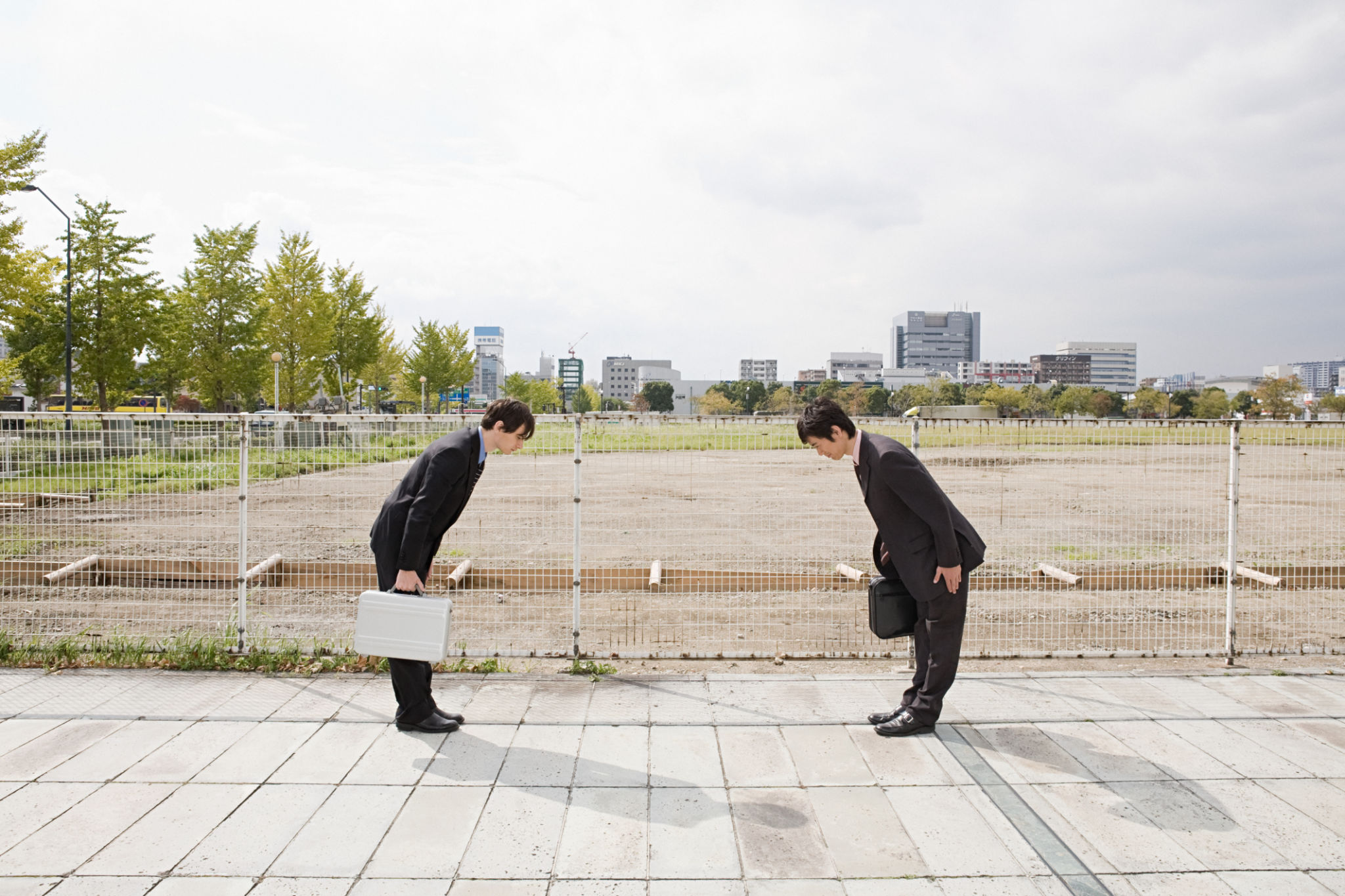Debunking Myths About Commercial Building Preservation
Understanding Commercial Building Preservation
When it comes to commercial building preservation, numerous misconceptions tend to cloud the judgment of property owners and developers. These myths can lead to misguided decisions, often resulting in unnecessary expenses or missed opportunities. In this blog post, we'll delve into some of these common myths and shed light on the realities of preserving commercial buildings.

Myth 1: Preservation Is Too Expensive
One prevalent myth is that preserving a commercial building is always more expensive than new construction. However, this isn't always the case. While initial costs might seem high, preservation often proves cost-effective in the long run. Renovating an existing structure can save on materials, labor, and time. Additionally, many governments offer tax incentives and grants to encourage preservation efforts, offsetting initial expenses.
Moreover, maintaining the historical integrity of a building can increase its value and appeal to tenants, further enhancing its financial viability. When weighing costs, it's crucial to consider the long-term benefits that preservation can provide.
Myth 2: Modern Amenities Aren't Possible
Another common misconception is that old buildings cannot accommodate modern amenities and technology. In reality, many preserved buildings seamlessly integrate contemporary features while retaining their historic charm. With advancements in technology and innovative design solutions, it's entirely feasible to retrofit older structures with modern HVAC systems, elevators, and other conveniences without compromising their historical integrity.

Preservation experts often collaborate with architects and engineers to design solutions that respect the building's original character while meeting present-day needs. This collaboration ensures that the updated spaces are both functional and aesthetically pleasing.
Myth 3: Preservation Limits Creative Design
Some believe that preserving a commercial building stifles creativity, limiting design options to what already exists. On the contrary, preservation offers a unique opportunity for creativity within constraints. Architects and designers are challenged to think outside the box, blending old and new elements to create innovative spaces.
This creative process can result in stunning architectural achievements that celebrate a building's history while providing modern functionality. By working within the guidelines of preservation, designers often find inspiration in the building's original features, leading to truly unique outcomes.

Myth 4: Preserved Buildings Are Less Energy Efficient
There's a misconception that older buildings are inherently less energy-efficient than new constructions. However, with proper upgrades and maintenance, preserved buildings can achieve significant energy efficiency. Techniques such as adding insulation, sealing windows, and installing energy-efficient lighting can drastically improve a building's performance.
In some cases, the materials used in historic buildings, such as thick walls and high ceilings, naturally contribute to energy efficiency by regulating temperature. By implementing modern energy-saving technologies, preserved buildings can meet current standards while maintaining their historic character.
Conclusion: Embracing Preservation
Debunking these myths highlights the numerous advantages of commercial building preservation. From cost savings and modern amenities to creative design opportunities and energy efficiency, preserving these structures offers a sustainable and valuable approach to real estate development. By understanding and overcoming these misconceptions, property owners can make informed decisions that honor the past while embracing the future.